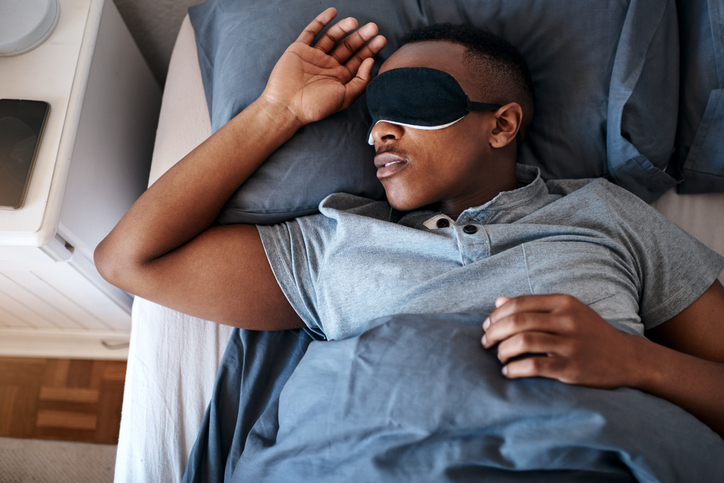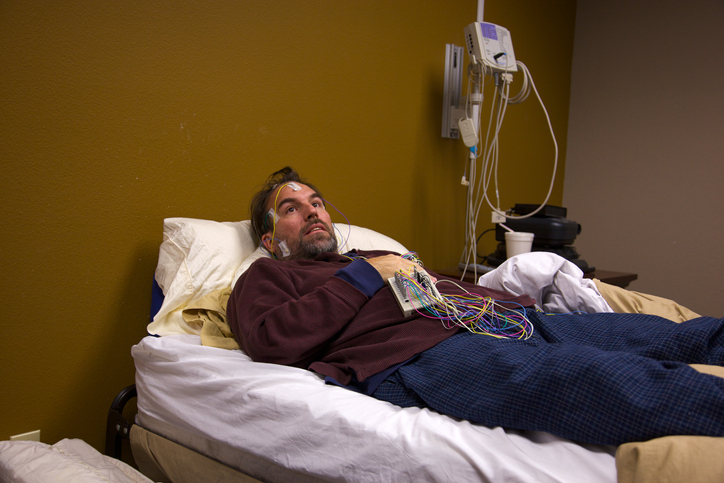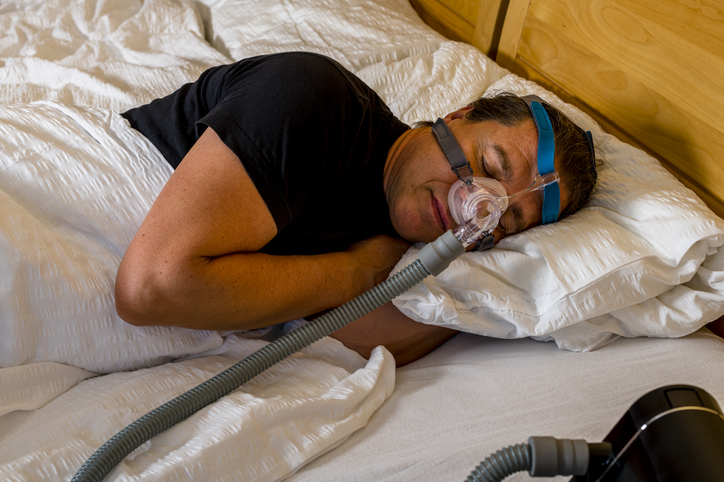Living with Chronic Pain
Types of Sleep Disorders

36 people found this helpful
Print
Share
Save
What is a sleep disorder?
A sleep disorder is a condition that prevents a restful night’s sleep, causing daytime sleepiness and fatigue. Eighty types of sleep disorders have been identified, affecting approximately 70 million Americans.
Types of sleep disorders
Sleep disorders vary in symptoms and causes. Some of the most common sleep disorders include the following:
- Insomnia
Insomnia involves difficulty falling asleep, repeatedly waking during sleep, waking too early, or overall poor quality sleep. Insomnia can be acute or chronic and can occur on its own or as a result of a separate health condition or medication. - Sleep apnea
With sleep apnea, breathing periodically pauses during sleep. There are two types of sleep apnea: obstructive sleep apnea (OSA) and central sleep apnea (CSA). In OSA, soft tissue temporarily blocks the airway in the back of the throat. In CSA, the airway is not blocked, but the brain does not tell the body to breathe as it should. Snoring is common with OSA. - Narcolepsy
Narcolepsy is a medical condition involving involuntary episodes of sleep, often without any warning. Sleep paralysis and hallucinations may accompany the condition. Narcolepsy can occur alone or may be comorbid with a neurological disorder, such as multiple sclerosis. - Restless legs syndrome (RLS)
RLS is characterized by uncomfortable sensations in the legs that cause an intense desire to move them. These sensations most often occur in the evening and can make it difficult to fall asleep or stay asleep. - Sleep paralysis
With sleep paralysis, the ability to move or speak is temporarily lost. Episodes of sleep paralysis typically end on their own in about two minutes or less and occur while falling asleep or while waking up. This condition may occur on its own or with narcolepsy. - Parasomnias
Parasomnias are sleep disorders consisting of abnormal occurrences or behaviors during sleep. Examples include nightmares, night terrors (nightmares that occur during deep sleep), sleepwalking, sleep talking, sleep bruxism (teeth grinding), and sleep enuresis (bedwetting).
Physicians typically diagnose sleep disorders based on a description of symptoms, medical history, physical exam, and a sleep study. Once a specific sleep disorder is diagnosed, an appropriate treatment can be implemented to help improve or manage the condition.


















